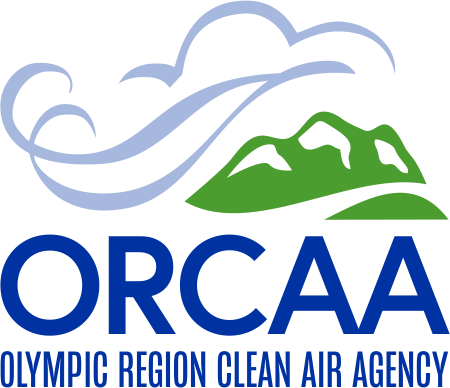
Improving your indoor air quality can significantly reduce your exposure to smoke. Simple actions like changing your filters regularly, using hepa portable air cleaners, and limiting indoor activities that produce smoke (like burning candles) can make a big difference.
Wildfire Smoke Contaminants in Indoor Air
The Washington Department of Health offers a great document suggesting ways to improve Indoor Air Quality during wildfire events. The document can be found at Improving Ventilation and Indoor Air Quality During Wildfire Smoke Events (PDF) (wa.gov)
Wildfire smoke is a complex mixture of particulate matter and gases, including carbon monoxide (CO), volatile organic compounds (VOCs), and ground-level ozone (O3).
- Particulate matter consists of solid particles and liquid droplets suspended in the air. Particles with diameters less than 10 microns (PM10) are upper respiratory tract and eye irritants.
- Smaller particles (PM2.5) are an important health concern – they can be inhaled deep into the lungs and affect respiratory and heart health.
- CO, a colorless, odorless gas produced by incomplete combustion, is a particular health concern in dense wildfire smoke or in close proximity to a fire.
- Some VOCs and ground-level O3 can also be health concerns in smoky environments.
Let’s all take action to breathe cleaner air and be #SmokeReady.
